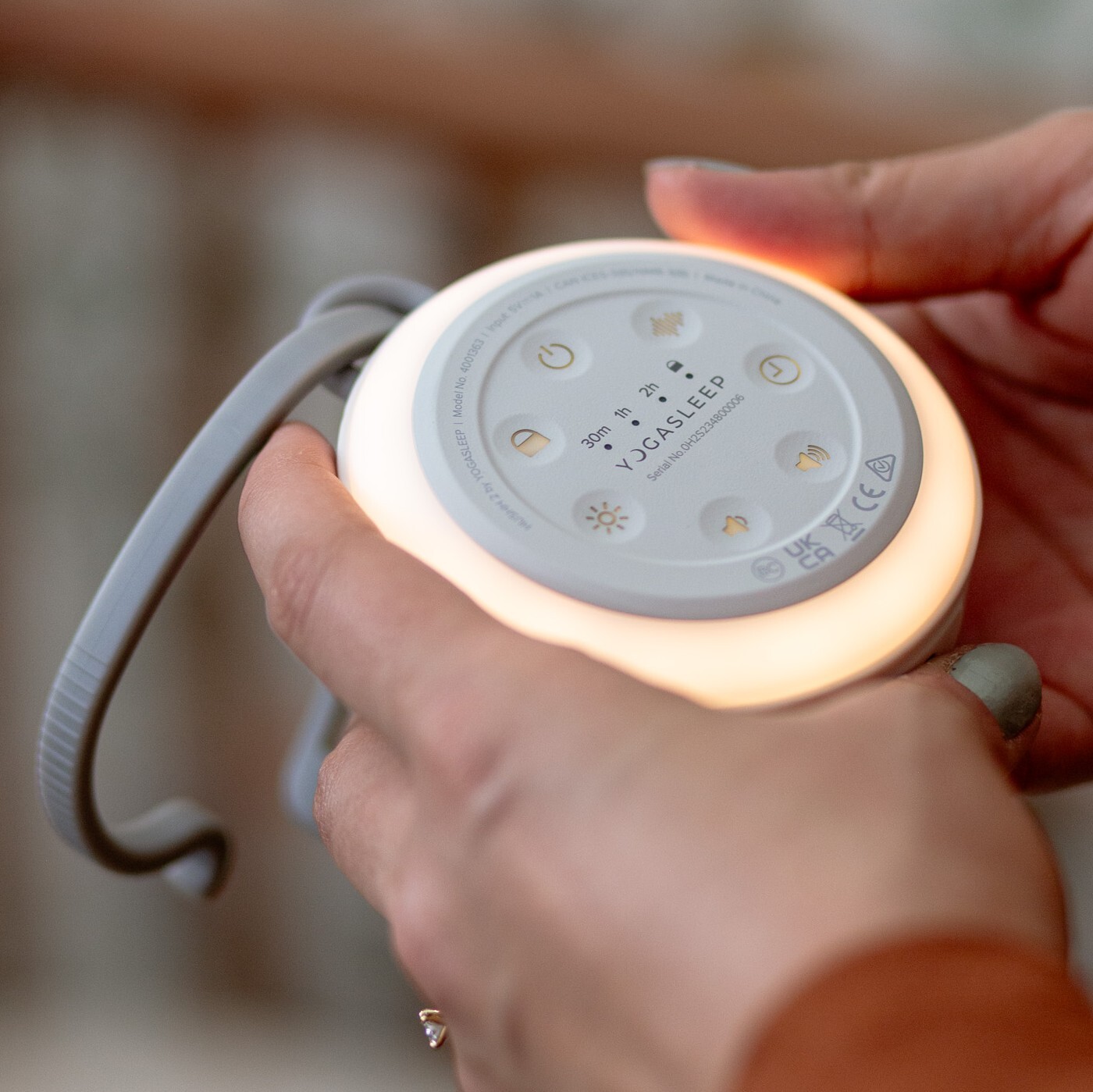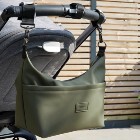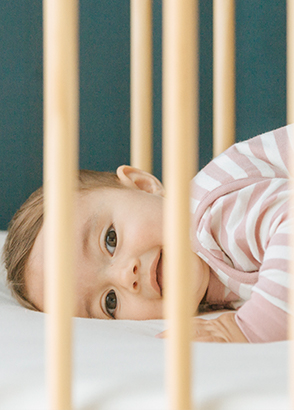Everyone talks about self settling...but why is it important?
Why should you bother to teach your baby to settle himself at bedtime? Why not just continue feeding or rocking your baby to sleep?
If you are happy with how much sleep you and your baby are currently getting, then read no further!
But if your baby needs more sleep during the night or catnaps and is constantly over-tired during the day, then learning to self settle will likely make a huge difference to your baby's sleep and overall well being.
If your own physical or mental health is suffering as a result of lack of sleep, we highly recommend you start helping your baby learn to self settle. For example, Australian research showed a significant number of cases of post natal depression can be resolved quickly by teaching the baby to sleep.
Continued exhaustion makes life with a baby stressful and often not much fun. Sleep deprivation can impact on all relationships, your ability to parent and work, your outlook and enjoyment of life with your baby. We think it's OK to want a decent sleep once your baby is well past the newborn stage...it doesn't make you selfish!
Teaching or encouraging your baby to self settle will mean more sleep for everyone and it certainly does not mean using cry it out...we don't recommend that at all!





















